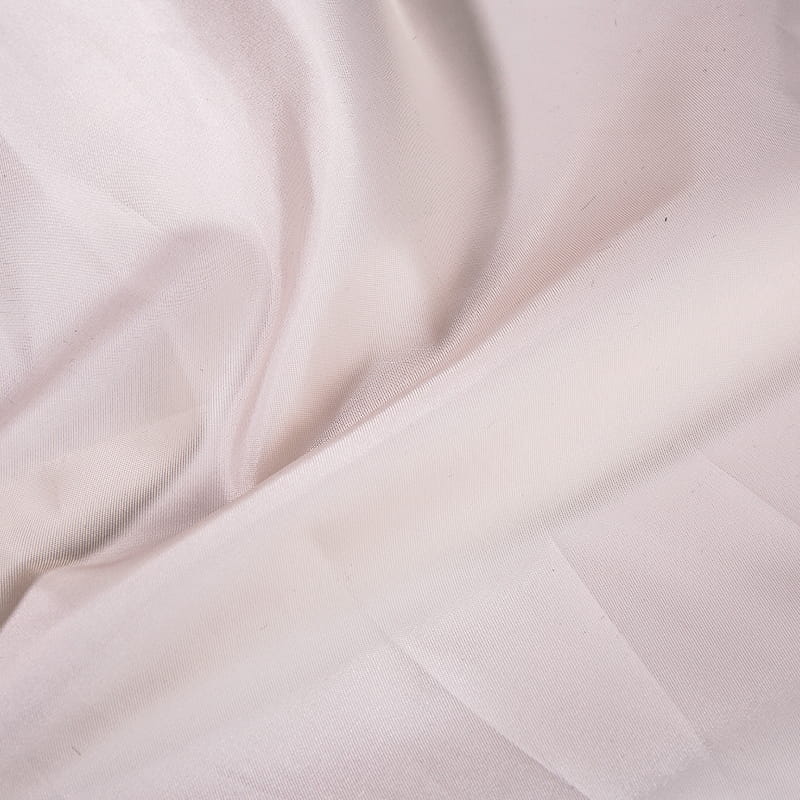Twill Lining
KEEP IN TOUCH
About
Jiaxing City Zhouye Textile Co., Ltd.
We are
China OEM/ODM Twill Lining Manufacturers and
Custom Twill Lining Exporters. As a family-owned plant operating for over 20 years, our company is primarily focused on the production of
Twill Lining Factory, polyester nylon fabrics and linings for outdoor functional clothing lines, women's silk lines, jacquard luggage fabrics, and outdoor goods. We now have 300 self-owned water jet looms and 100 matching twisters. At the same time, we also accept custom orders from foreign customers. Welcome to visit our factory in China.
News
-
Welcome to the authoritative guide on Twisted Yarn Fabric. As a cornerstone in high-quality textile production, this unique material is often lauded f...
-
Understanding Dobby Polyester Fabric What is "dobby weave” and why polyester matters The term dobby weave refers to a weaving technique that produces ...
-
Unveiling the Hidden Potential of Combined Polyester Fabric When people hear the term "polyester," many still envision the stiff, uncomfortable fabric...
-
For centuries, silk has been synonymous with luxury, celebrated for its delicate sheen and soft touch. However, its high cost and demanding care requi...
Twill Lining Industry knowledge
What types of fibers are commonly used in twill lining fabric, and how does the choice of fiber impact the performance and feel of the fabric?
Several types of fibers are commonly used in twill lining fabric, each with its unique characteristics that impact the performance and feel of the fabric. Some common fibers include:
Cotton: Cotton is a natural fiber widely used in twill lining fabric. It is known for its softness, breathability, and comfort against the skin. Cotton twill linings are often lightweight and have good moisture absorption properties, making them suitable for garments and accessories.
Polyester: Polyester is a synthetic fiber that is durable, wrinkle-resistant, and easy to care for. Polyester twill linings are commonly used in garments and bags where durability and longevity are essential. They provide a smooth surface and excellent color retention, but may not offer as much breathability as natural fibers.
Viscose/Rayon: Viscose or rayon is a semi-synthetic fiber made from cellulose. It has a soft and silky feel similar to natural fibers like silk, making it ideal for lining fabrics in clothing and accessories. Viscose linings drape well and provide a luxurious touch, but they may be less durable than polyester or cotton.
Acetate: Acetate is a synthetic fiber derived from cellulose acetate. It has a smooth and lustrous appearance, resembling silk, making it suitable for linings in formalwear and high-end garments. Acetate linings offer excellent drapability and a luxurious feel but may be prone to wrinkling and static.
How does the weight and thickness of twill lining fabric affect its suitability for different garment constructions and climate conditions?
The weight and thickness of twill lining fabric play a significant role in determining its suitability for different garment constructions and climate conditions.
Suitable for lightweight garments: Lightweight twill lining fabric is ideal for lightweight garments such as dresses, blouses, and summer jackets. Its thin and breathable nature adds minimal bulk to the garment while providing a smooth and comfortable lining.
Warm climate: In warm climates, lightweight twill lining fabric helps prevent garments from feeling too heavy or stifling. Its breathability allows for airflow, keeping the wearer cool and comfortable even in hot weather.
Versatile construction: Medium-weight twill lining fabric offers versatility in garment construction, suitable for a wide range of apparel including coats, blazers, skirts, and trousers. It provides moderate structure and support without adding excessive bulk.
Moderate climate: Medium-weight twill lining fabric strikes a balance between warmth and breathability, making it suitable for moderate climates where temperatures fluctuate throughout the year. It provides added insulation without overheating the wearer.
Structured garments: Heavyweight twill lining fabric is suitable for structured garments such as winter coats, jackets, and tailored suits.

 English
English русский
русский عربى
عربى
